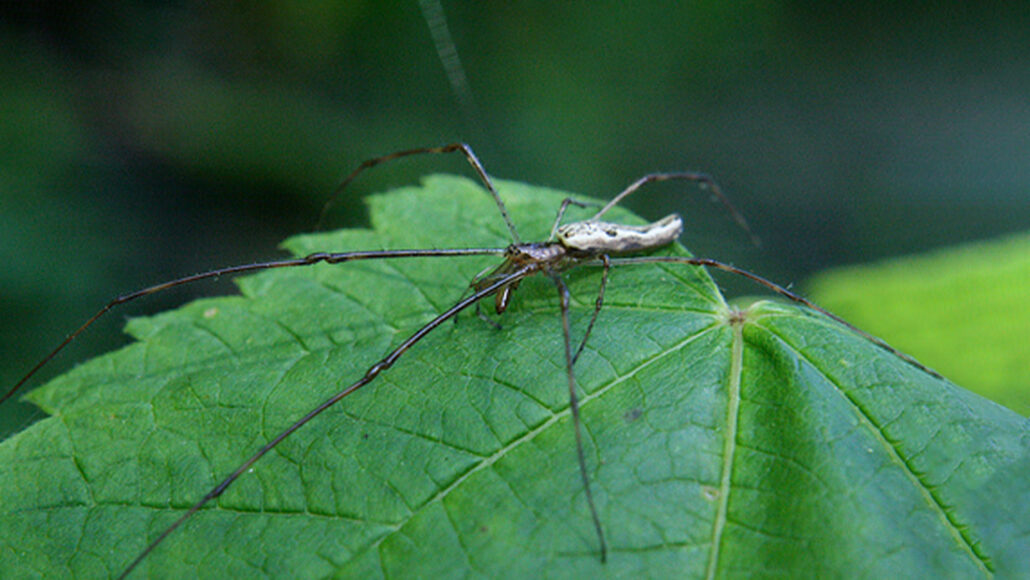
Animals
Spiders that fall into water use reflected light to find land
When elongate stilt spiders fall into water, they head for areas that don’t reflect light, studies show. This cue appears to signal dry land.
Come explore with us!

When elongate stilt spiders fall into water, they head for areas that don’t reflect light, studies show. This cue appears to signal dry land.
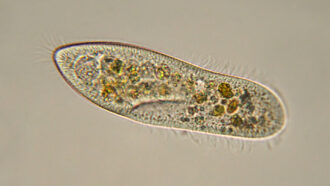
Unified by a few key traits, these diverse organisms come in all shapes and sizes.

Understanding the genetic adaptations that protect the birds’ brains as they dive might one day offer clues to protecting human brains.
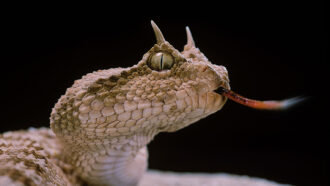
The reptiles’ horns could help or hinder during foraging, depending on how they hunt. This might be why horns evolved in some species and not others.
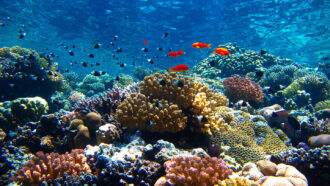
Shading coral reefs during the sunniest part of the day may help corals survive marine heat waves.
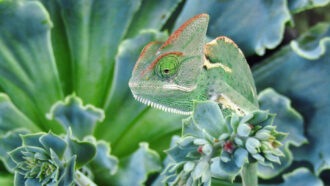
Plants and animals alike hide in plain sight using this sneaky strategy.
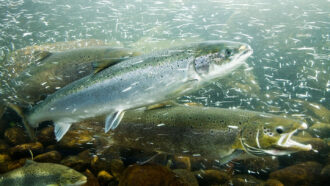
Hundreds of salmon, trout and other fish sought shelter from summer heat in the human-made cool zones. These areas may help fish adapt to river warming.
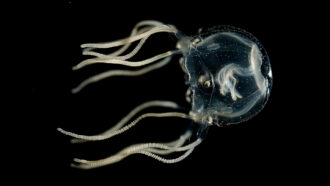
No brain? No problem for Caribbean box jellyfish. Their simple nervous systems can still learn, a study suggests.
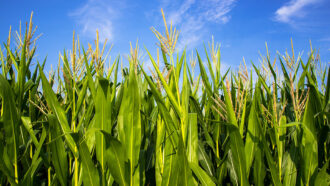
As they mature, these leaves lose their ability to detect threatening scents.
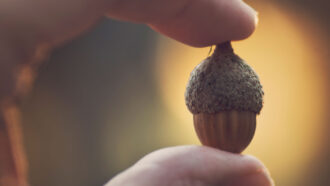
This word describes both a stage of sexual reproduction and the agricultural practice of adding nutrients to soil.